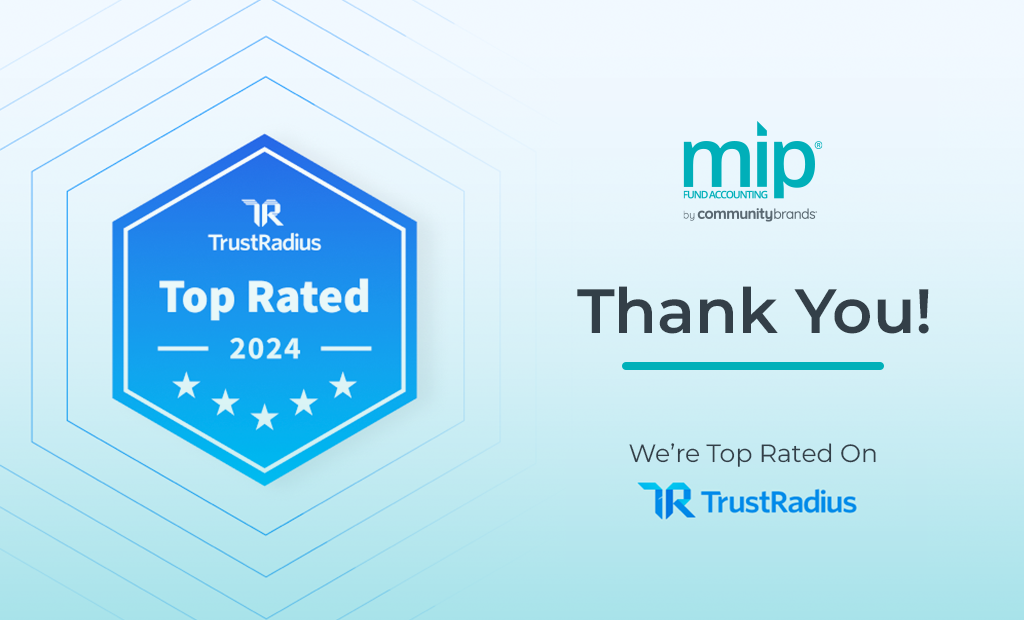Reading Time: 3 minutes
As the days get shorter, it’s a sign that summer is ending and fall is approaching. What are you doing to end the summer? Trying to get in one last vacation? Going out to see one more ball game?
Just as we have signs summer is coming to a close, your organization may be starting to show signs that it’s time to migrate from an on-premise system to the cloud. If any of the following describe your organization, you may be ready to migrate.
Sign #1: Your Information is Manually Backed Up and Restored
On-premise systems add administrative hurdles your team must address. From updates and back-ups, to security, and others, your staff oversees your technological infrastructure and must account for the hours of administrative work associated with managing and maintaining it.
How quickly could your organization recover if a natural disaster or cyberattack occurred today? If the answer isn’t within hours, it’s a sign your team should consider developing a cloud-based disaster recovery plan.
Regarding disaster recovery, there are tangible benefits to employing cloud-based systems, including MIP® Cloud. When your organization hosts its MIP data in the cloud, it resides on multiple, offsite virtual servers that are automatically backed up, so you never risk losing any information.
Developing a disaster recovery plan that involves the cloud has many benefits over traditional disaster recovery plans as those hinge on restoring access to your organization’s technology.
Traditional disaster recovery plans with on-premise systems are:
- Highly complex: They rely on local data recovery sites and can be challenging to manage and monitor
- Costly: Setting up and maintaining a local site can be time-consuming and expensive
- Less scalable: Traditional plans need additional servers to expand capacity, whereas cloud servers already have the additional infrastructure available
Cloud disaster recovery plans can offer a more affordable and less complex solution. Cloud-backed plans have:
- No internal infrastructure: Because your organization’s data is on cloud servers, you do not need to buy expensive internal infrastructure. Your team can dedicate the administrative hours associated with on-premise system upkeep to other tasks.
- No single point of failure: The cloud lets you store backup data across redundant, offsite servers in multiple geographical locations
- Network infrastructure: Cloud vendors regularly ensure your product is updated and secure. Vendors handle the technological maintenance, so you don’t have to.
- Compliance: If your organization is legally required to comply with industry or governmental regulatory requirements—like GDPR, PCI, SOC 2, or others—cloud disaster recovery plans help you stay compliant. MIP Cloud is regularly updated with the latest state and national compliance standards.
Sign #2: Your Team is Remote or Hybrid
As more organizations move to hybrid office models, the benefits of a cloud platform become obvious.
MIP Cloud is an excellent option for your organization if your workplace employs any hybrid or remote model. The cloud allows for improved collaboration where teams can share, receive, and review computer files virtually in the cloud. Files are accessible wherever someone has an internet connection.
When considering migrating your fund accounting software to the cloud, it’s essential to understand the benefits and enhancements a virtual cloud environment provides for collaboration.
MIP Cloud provides the benefits of 24/7 access, enhanced productivity, reduced manual tasks, and increased security. Our cloud environment features layers of protection that help reduce the incidence of fraud overall. These security layers include limited user access and permissions, encrypted data and communications, and SOC compliance.
The cloud also allows you to assign user right’s individually to ensure all files are secure and that your teammates have appropriate access to your organization’s information.
With MIP Cloud, organizations are better positioned to do their work and meet their missions with easy access to collaborate remotely and mitigate regional and mobility limitations.
Sign #3: You’re Spending Too Much on IT
While on-premise systems have their benefits, IT spending is not among them. The technological infrastructure demands require your organization to manage its software and hardware infrastructure. Your IT team must take care of patches, updates, server maintenance, security, and other responsibilities. All of this takes time and money. If you are looking to reduce the burden on your IT department, here’s how MIP can help:
Because you won’t need a dedicated physical server, the associated costs of ongoing maintenance, support, and security will be reduced and, in most cases, eliminated. MIP maintains and supports all aspects of server costs and hosting. The cost to your organization is much less than needing a physical IT environment on-premise.
When you migrate to the cloud, it frees your IT department to focus on other aspects of their jobs. By housing your data in the cloud off-site, internal IT staff now have more capacity to focus on day-to-day IT needs and provide more value to your organization.
The Time to Migrate is Now
Migrating to the cloud is simple and collaborative. We’ll work with you to run the necessary system checks, determine your SQL version, database, and attachment sizes, and prepare your team for the migration.
It’s simple and quick, and our team of migration experts partners with you to walk you through the migration process.
If you’re seeing any signs that your on-premise system may not be doing the most for your organization, we’re here to support you on your MIP journey and make migrating to the cloud simple. If you’re ready to migrate, request a follow-up from your Customer Account Manager.
Share this post





